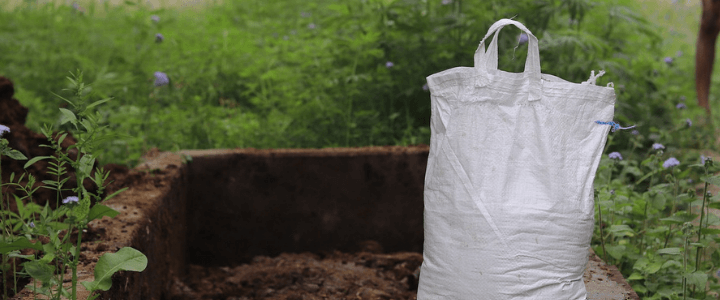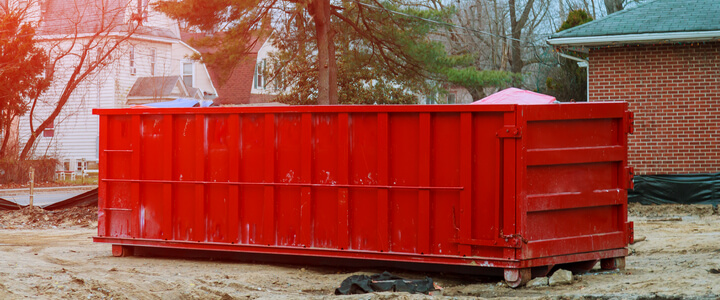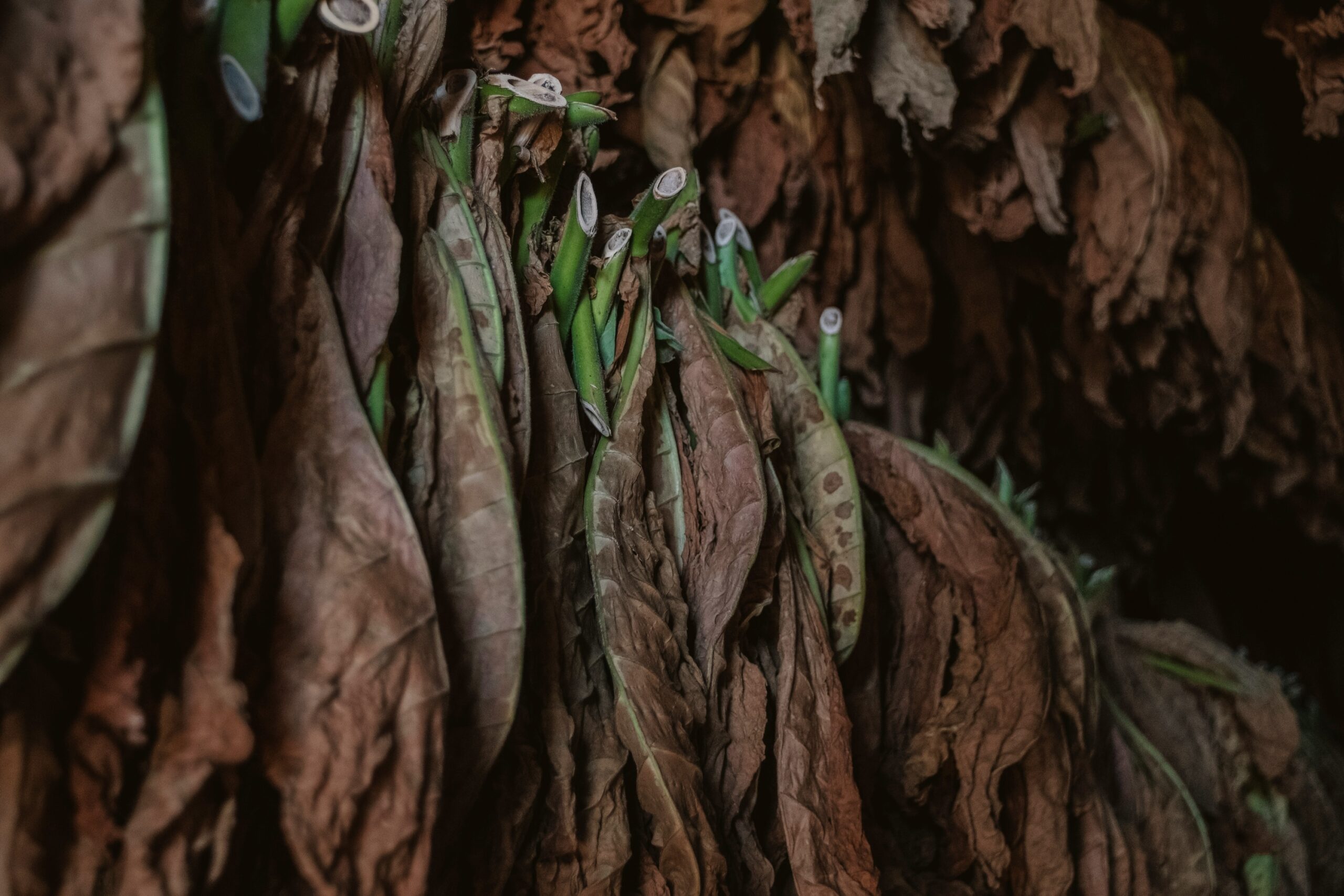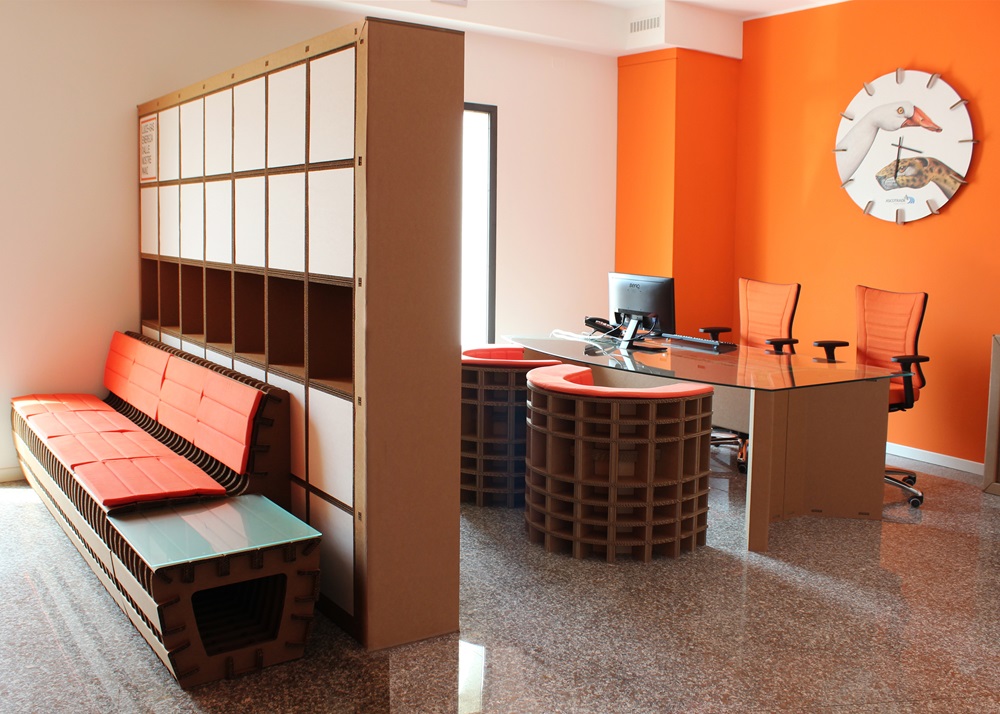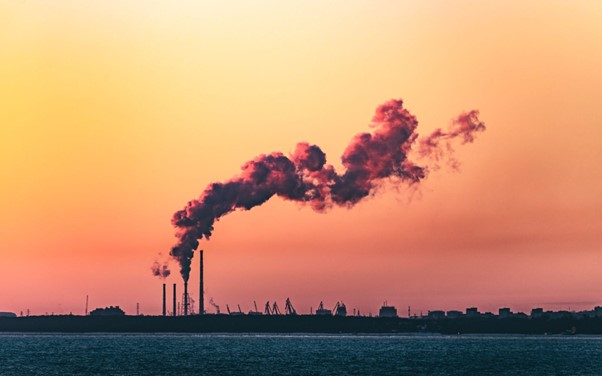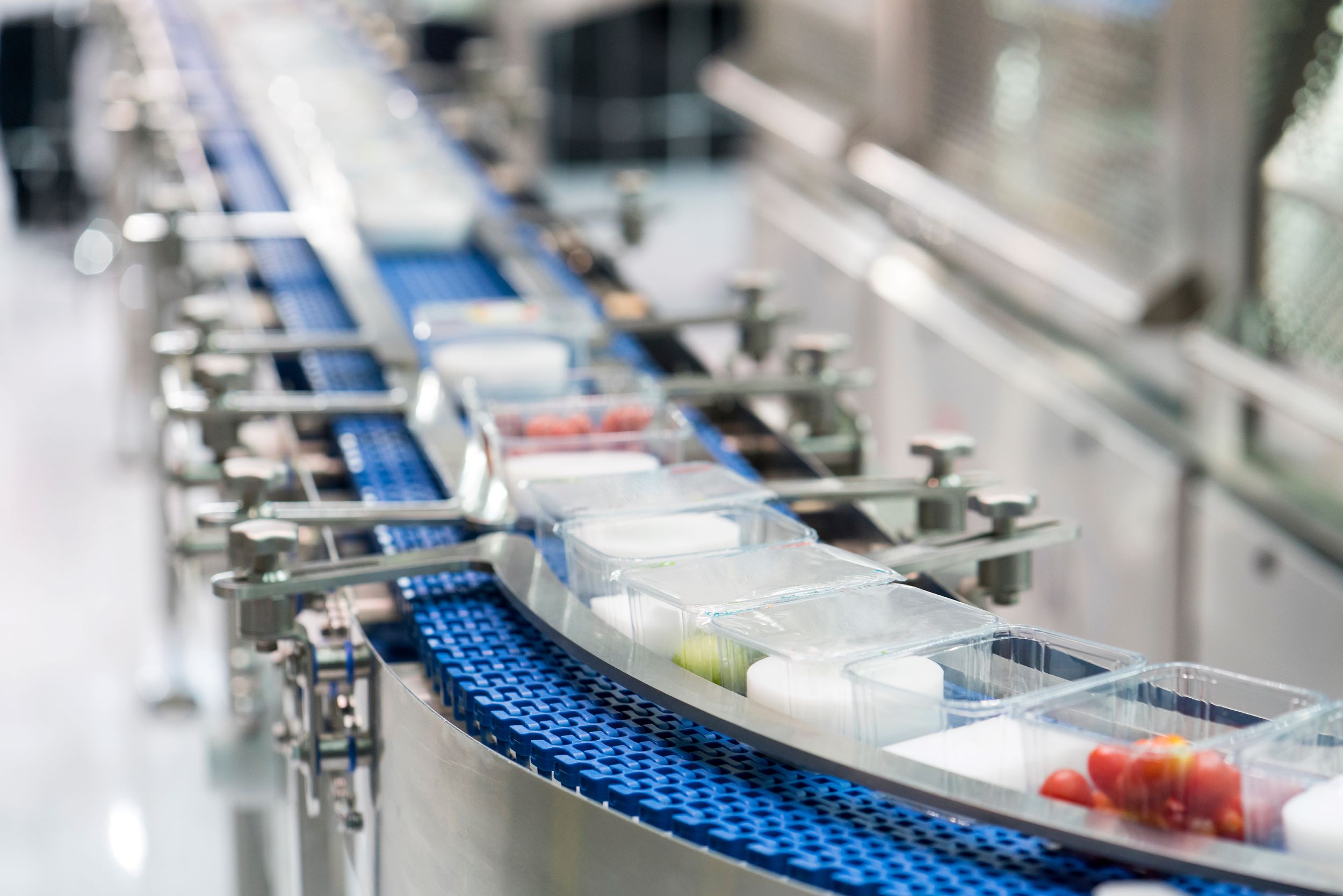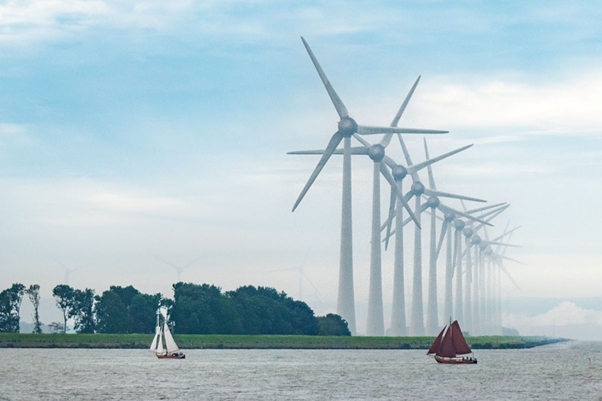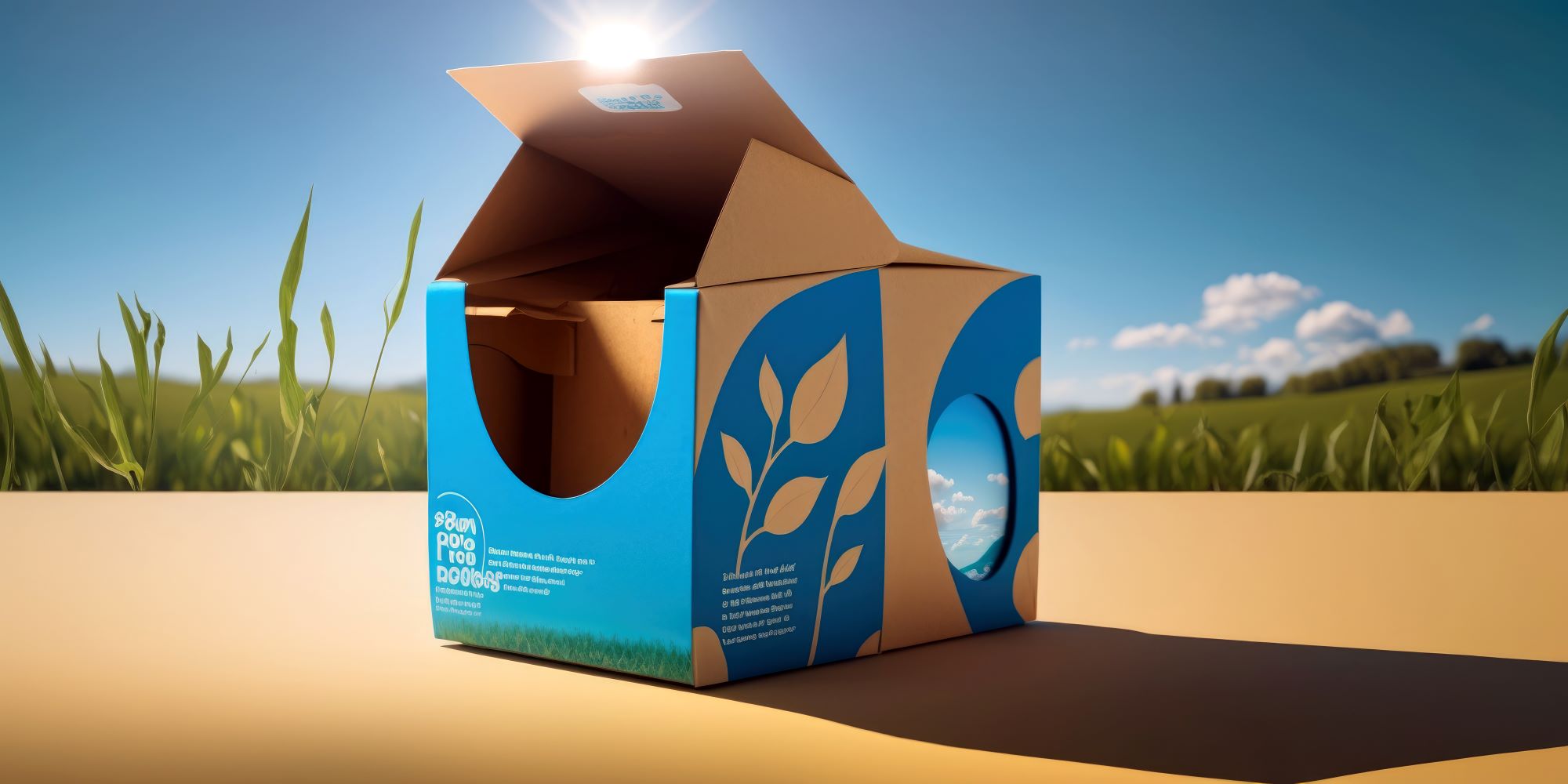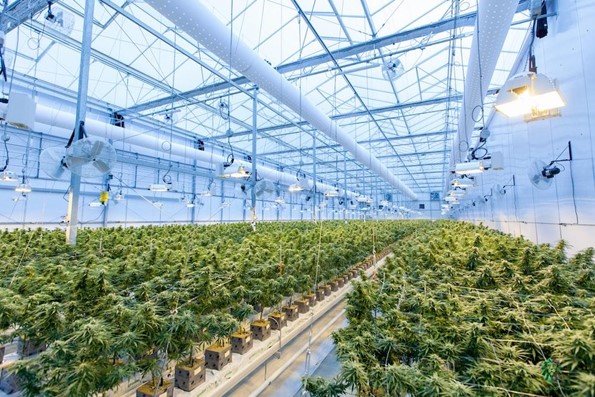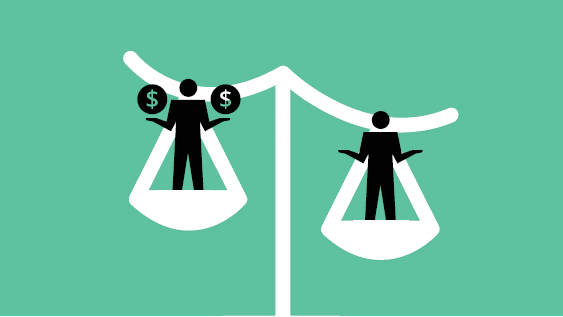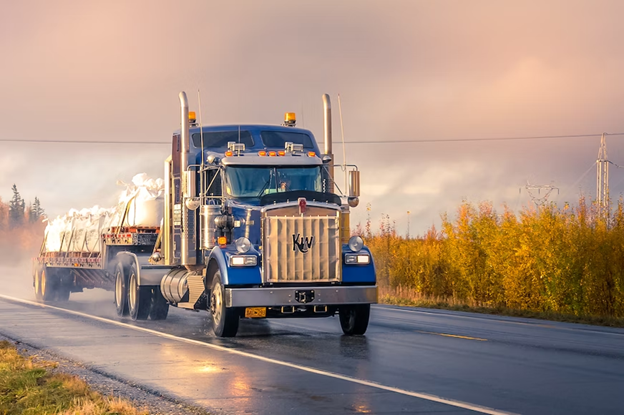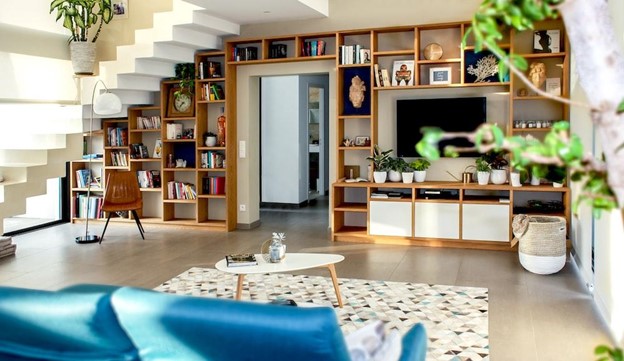A guide to compostable packaging
Over the last few years, packaging has earnt a bad rep due to its impact on the environment – particularly plastic packaging. However, advancements are being made as we speak in a bid to reverse this damage. The demand is there, with a more environmentally-awakened society beginning to demand more sustainable packaging solutions.
One of these sustainable packaging solutions is compostable packaging. It has the potential to reduce the proportion of the packaging waste which would otherwise head to the landfill. But what exactly is compostable packaging, and how does it work?
What is Compostable Packaging?
Predominantly used for food packaging, compostable packaging is made to be broken down in a manner that is kind to the environment. It is made from plant-based, recyclable materials such as wood pulp, potato starch and fungi, which can be used in your soil as nutrient-rich compost. This usually takes 6-12 weeks in the most optimal conditions.
Other forms of packaging can create toxic chemicals or harmful particles when disposed of, but compostable packaging is designed to combat this. Due to it’s degrading capabilities, as it breaks down it actually instead provides benefits to the environment and keeps our soil healthy.
However, with these new sustainable alternatives inevitably comes to the risk of consumers getting it wrong. Compostable packaging must be disposed of in the correct way. So, how is it done?
How to Dispose of Compostable Packaging?
If you simply put compostable packaging in your general waste bin and it ended up in landfill, it wouldn’t have the right conditions to do what it was designed to do. Whilst it should still eventually degrade, it will take much longer and the earth is unlikely to reap the benefits.
In order to degrade effectively, compostable packaging needs the right environment for microorganisms to thrive and consume the materials – warm temperatures, moisture, oxygen and nutrients.
To provide these perfect conditions, you may want to invest in a compost bin. They are not expensive, and they don’t take up too much room. You can put more than just compostable packaging in your compost bin; you can also add vegetable scraps, fruit peels, grass cuttings, cardboard, eggshells, ground coffee, pet waste and more.
You will know that your compost is ready to be used as it will look like dark, crumbly topsoil with an earthy odour. You shouldn’t be able to see any of the original materials that you added and if you do, you may need to wait a little longer or alternatively, sift them out. Once you’re happy with the look, feel and smell of your compost, use it on your garden soil to enrich your plants with nutrients.
If you are unsure if your compost is ready, you can test it by taking a handful and placing it into a sealed plastic bag. Leave it sealed for 3 days and then check how the compost smells – you’re aiming for a pleasant and earthy odour. If it smells sour, then it needs to be left a little longer.
The Benefits of Compostable Packaging
Of course, as mentioned, compostable packaging is great for your soil once it has degraded. It acts as a natural fertiliser that gives plants the right nutrients to grow healthy and strong. It can also help to neutralise soils contaminated by hazardous waste.
Alongside this, compostable materials help to promote biodiversity, supporting an important and prolific ecosystem. It reduces the amount of waste we produce, lessening our reliance on landfills and it can even capture and destroy 99.9% of chemicals in contaminated air. The benefits of compostable packaging to not only the consumer but also to the environment, are huge.
Composting can be incredibly rewarding – not only for your moral compass and your own carbon footprint but also for your garden and most importantly, the environment. Whilst compostable packaging is not yet plentiful, the more we take notice and invest in it, the more available and affordable it will become.

